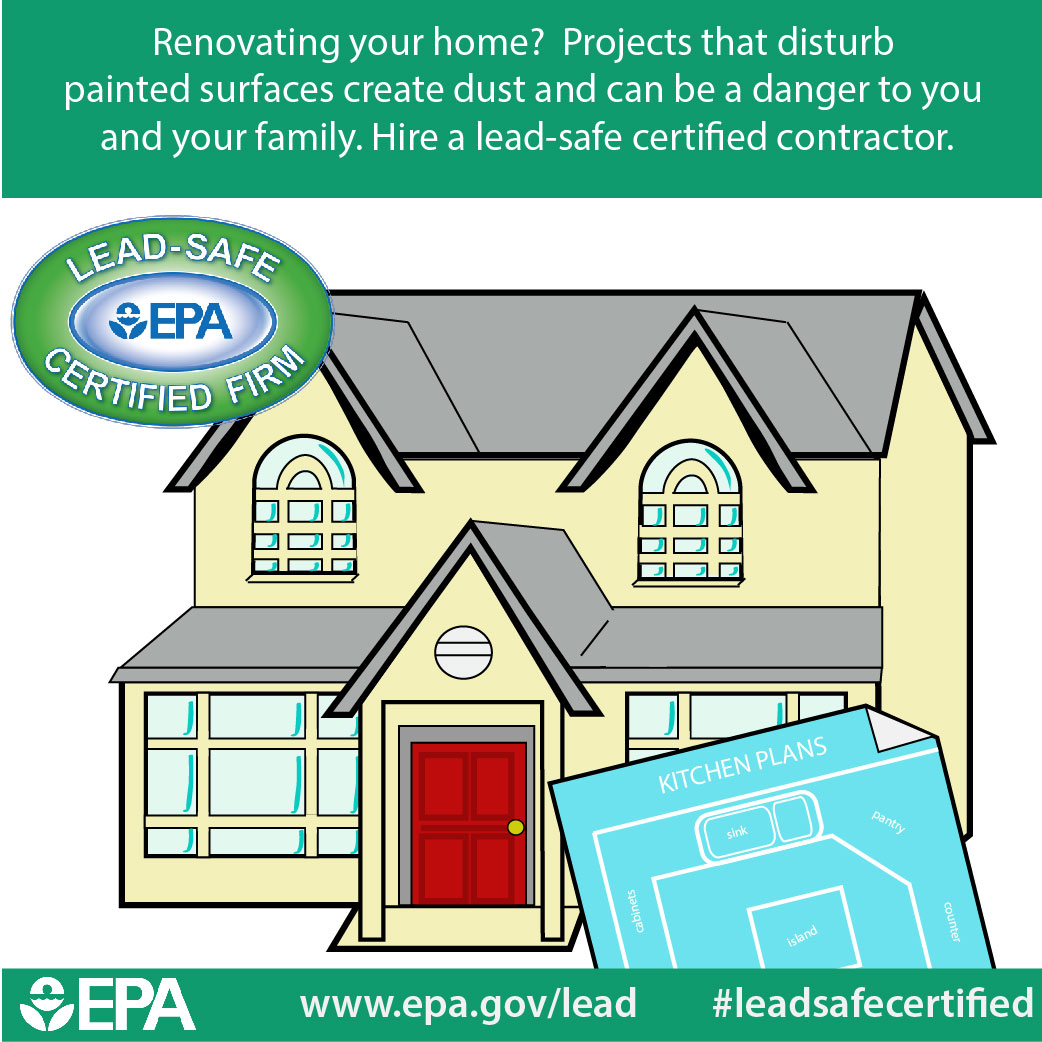Check Out The Role Of Seasonal Factors In The Success Of Business External Painting And Uncover The Very Best Times To Protect Long-Term Outcomes For Your Job
Check Out The Role Of Seasonal Factors In The Success Of Business External Painting And Uncover The Very Best Times To Protect Long-Term Outcomes For Your Job
Blog Article
Produced By-Carlson Celik
When you're intending an industrial exterior painting job, seasonal aspects can make or damage your results. You'll wish to consider just how temperature and humidity impact paint application and drying out times. Choosing Suggested Web site can guarantee your paint adheres correctly and lasts longer. But which seasons are really the best for this sort of job? Let's discover the key elements that can influence your job's success.
The Influence of Temperature Level on Paint Application
When you're preparing an industrial external painting task, the temperature level can dramatically affect just how well the paint sticks and dries out.
Ideally, you intend to paint when temperature levels range between 50 ° F and 85 ° F. If it's also chilly, the paint might not treat effectively, leading to problems like peeling off or breaking.
On the other hand, if it's as well hot, the paint can dry too promptly, stopping proper bond and leading to an uneven surface.
You ought to likewise take into consideration the moment of day; early morning or late afternoon provides cooler temperature levels, which can be much more beneficial.
Constantly check the manufacturer's suggestions for the certain paint you're utilizing, as they commonly give guidance on the optimal temperature level range for optimal outcomes.
Humidity and Its Result on Drying Times
Temperature isn't the only environmental factor that influences your commercial outside painting project; moisture plays a significant duty also. High moisture levels can reduce drying out times substantially, affecting the general quality of your paint task.
When the air is filled with wetness, the paint takes longer to heal, which can result in problems like bad adhesion and a higher risk of mold growth. If you're repainting on a particularly humid day, be prepared for prolonged wait times in between coats.
It's vital to keep track of regional weather and plan appropriately. Ideally, aim for moisture levels between 40% and 70% for optimal drying out.
Keeping these consider mind ensures your task remains on track and delivers a long lasting surface.
Best Seasons for Commercial Outside Paint Projects
What's the very best time of year for your industrial outside paint tasks?
Spring and very early fall are normally your best bets. During can you paint a house in the winter , temperature levels are moderate, and moisture degrees are frequently lower, developing perfect conditions for paint application and drying out.
Stay paint ceiling different color than walls of summertime's intense heat, which can cause paint to dry too quickly, bring about inadequate adhesion and finish. Likewise, winter's chilly temperature levels can hinder appropriate drying and curing, risking the longevity of your paint task.
Go for days with temperature levels between 50 ° F and 85 ° F for optimal outcomes. Bear in mind to check the neighborhood weather forecast for rain, as wet problems can destroy your project.
Preparation around these aspects ensures your painting task runs efficiently and lasts longer.
Final thought
Finally, planning your industrial external painting tasks around seasonal factors to consider can make a significant distinction in the result. By organizing work throughout the excellent temperatures and humidity degrees, you'll guarantee much better adhesion and drying out times. Keep in mind to keep an eye on regional weather prediction and pick the right time of year-- springtime and very early fall are your best choices. Taking these steps will certainly assist you achieve a long lasting and professional finish that lasts.
